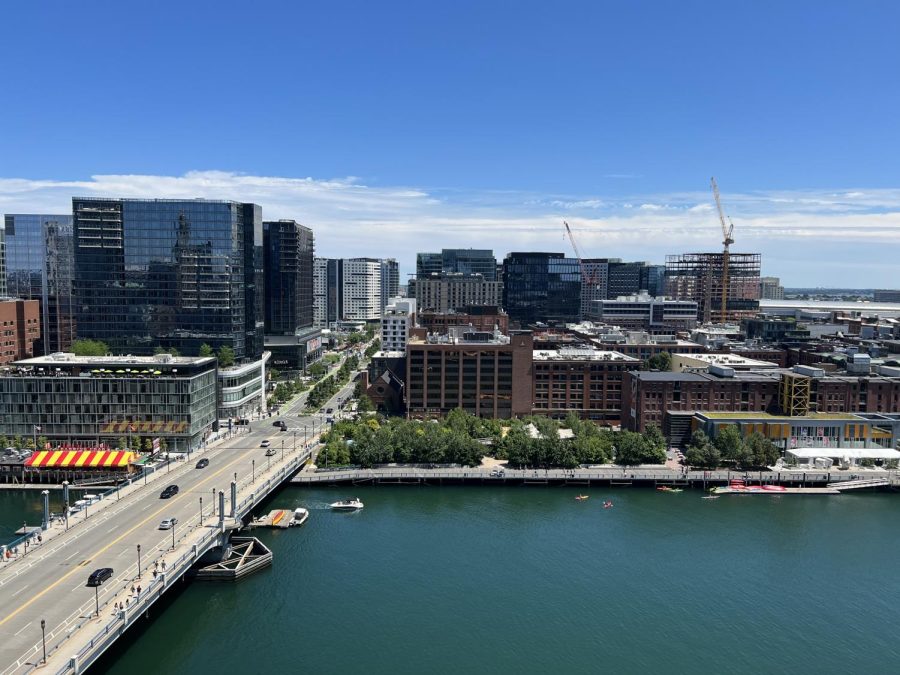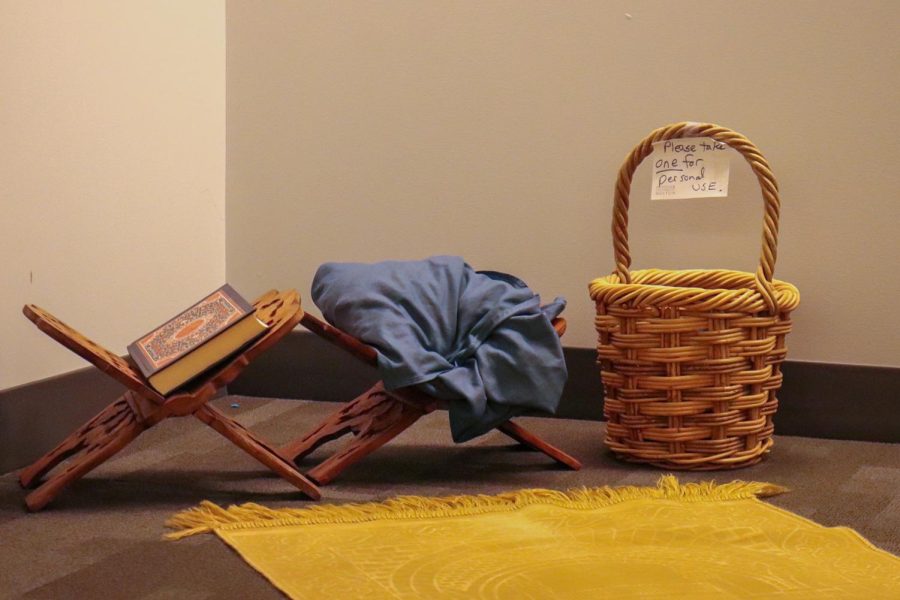In the United States, stories of violence, racism and police brutality regularly flood the news. Although mainstream media often focuses on racism within the U.S., there is a tremendous amount of ethnic violence occurring overseas that many Americans often overlook. While it is crucial to be aware of the inhumanity within the country, it is essential for all U.S. citizens to be cognizant of the racist and tyrannical acts outside the U.S.
As of 2016, geopolitical conflicts, ethnic tensions and natural disasters have forcibly displaced 65.6 million people worldwide, according to the United Nations Refugee Agency (UNHCR). Additionally, there are 22.5 million refugees, 10 million stateless people, and 189,300 settled refugees according to UNHCR.
“[The refugee crises] raise all kinds of problems,” said Suffolk University philosophy lecturer Brian Smith in an interview with The Suffolk Journal. “Globally, there’s a sense of helplessness and not knowing what to do.”
Smith explained that refugee crises typically lead to violence in developed nations because the countries in crisis often do not have the resources to accommodate large masses of people coming to the nation at once. Ultimately, the fact that refugee crises caused increased displacement is not a new concept.
“It’s such a common thing,” said Smith. “It’s actually harder to find examples where ethnic violence doesn’t occur.”
The Syrian Civil War, which started because of political differences, forced more than 11 million people to lose their homes and thus started the Syrian refugee crisis, according to the Mercy Corps website. Venezuela’s economic collapse sparked the humanitarian crisis pushed nearly two million people out of the nation, according to CNN. Ukraine’s Donbass Rebellion also initiated the Ukrainian refugee crisis where 1.35 million Ukrainian citizens ended up displaced, according to the Aljazeera website.
“These things happen in countries that have little infrastructure to begin with,” said Smith. “The burden tends to fall on neighboring countries.”
Since there is such a high moral sentiment to help people in need, incentives for other countries to intervene are driven by specific criteria, according to Smith.
Senior global business and global market major Kristin Abijaoude explained her perspective as a child of Maronite Catholic Lebanese immigrants who settled in the U.S. after the 1975 Lebanese Civil War.
“The devastating war affected everyone: Christian, Muslim, Jewish, Druze, Lebanese, Palestinian and Syrian,” said Abijaoude. “There is still tension to this day, even within Lebanon, a country that claims to overlook our differences.”
Violence is often a factor when there is a new ethnic group of people entering another country with its own cultural, political and religious practices.
“The very fact that the 1.5 million Syrian refugees in Lebanon aren’t treated with humanity contradicts our tolerance,” said Abijaoude. “For example, they’re not given the proper basic needs, such as water and shelter. They’re subjected to strict curfew. Even the Lebanese people want to drive out the refugees, even by violent means.”
Although the two major religions in India are Hinduism and Islam, the two face the most ethnic unrest with each other. India shares war-stricken Muslim dominated countries on each side of its’ border, one in particular being Myanmar. This has been a key player as to why India faces a refugee crisis today.
A story became widely known after the Muslim mob took action against the 17-year old Hindu boys’ action of posting an offensive cartoon of Prophet Muhammad on Facebook.
In addition, Suffolk University professor of Asian Studies Ronald Suleski explained an event that occurred in India between Hindus and Muslims as well. For Hindus, the cow is sacred, therefore Hindus do not eat beef. When the Hindus realized there was a Muslim man storing beef in his refrigerator, the Hindus broke into the Muslim man’s house and brutally beat him to death with clubs purely because of their religious differences, according to Suleski.






